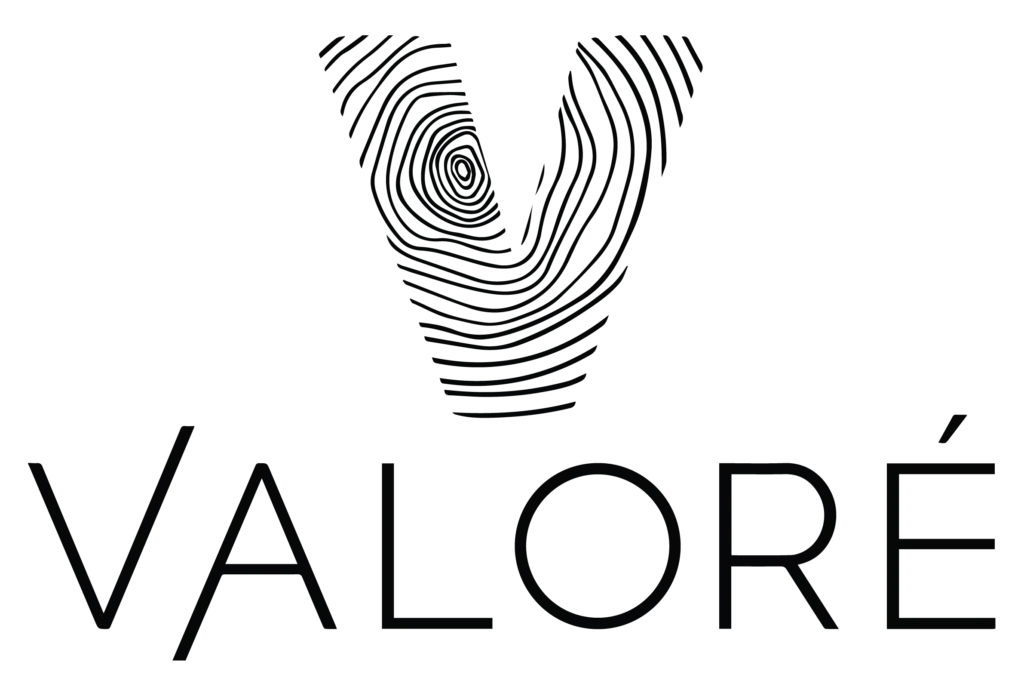"Master the mundane."
That's the mantra I reiterate to my team regularly. The emphasis is on excelling in the less glamorous, everyday tasks. It might become repetitive for them to hear, but that's precisely the point.
Why do we focus on these seemingly minor, boring details? Because they significantly impact our business and our investors.
Central to our business is managing tenant turnover. Though it might induce yawns and seems less exciting than, say, negotiating a $30 Million deal, it's crucial. It's our business's backbone because it's a significant cost driver.
Breaking Down Turnover Costs
Vacancy Costs: Each empty unit represents lost rental income. On average, our units stay vacant for about 7 business days, typical in our industry. Yet, when including marketing and application processes, this period can stretch to 20-30 days. And every day a unit remains unoccupied, we lose revenue.
Marketing and Advertising: Attracting new tenants isn't cheap. It involves property listings, online advertising, and a strong digital presence. A study by CoStar (Apartments.com) revealed that renters rarely look beyond the first 20 listings, emphasizing the need for our ads to be eye-catching and memorable.
Maintenance and Repairs: Preparing a unit for new tenants involves costs and time. This includes painting, repairs, and general upkeep, amounting to as much as $5,000 per unit.
Administrative Tasks: Onboarding a new tenant involves application processing, background checks, and lease preparations. These necessary tasks are also time-intensive. They include gathering income proofs, rental verifications, and extensive follow-ups with prospective tenants.
Turnover Management: Coordinating move-ins and move-outs smoothly requires considerable time and effort from our dedicated team.
Turnover incurs significant costs for both us and our residents. We strive to make our community aware of these expenses for better housing decisions.
Improving Retention
In 2022, the retention rate in the multifamily industry was roughly 50%. Our rates vary between 45% and 75%, depending on the property and market. This is in line with industry standards, but there's room to grow. Retaining residents is often up to 5 times more cost-effective than finding new ones, so our focus is on retention.
For instance, our Seymour, IN property enjoys a nearly 90% retention rate, with renewals seeing an average increase of over $50. We're committed to reaching similar satisfaction levels across our other properties.
Our Strategies for Making a Difference
-
Friendly and Efficient Customer Service
Through our resident outreach program, we aim to address concerns quickly and maintain positive relationships with our community.
-
Open and Frequent Communication
Regular interactions and being receptive to feedback are crucial. We ensure our residents feel heard and valued, a key factor in retention.
-
Community Spirit
We organize social events to foster a sense of community. Creating bonds between neighbors makes our properties more appealing and "sticky."
-
Swift Maintenance Responses
Prompt and efficient maintenance is a priority. Residents should feel at home and valued, not just as sources of revenue.
-
Tailored Amenities
We customize amenities to suit each community's unique needs, from dog parks to educational classes. These small investments can significantly enhance resident satisfaction.
-
Fair and Clear Policies
We maintain transparency and fairness in rent and policy changes. Our goal is to attract honest residents and treat them fairly, using contracts as safeguards against the occasional dishonest individual.
-
Valuing Resident Input
We're committed to listening to our residents and implementing their suggestions as part of our retention program. Keeping communication channels open is vital for us.
The Financial Impact
Consider this scenario: A $4,000 monthly investment in retention could reduce our turnover costs by 20%. For a 200-unit property, this means potentially preventing 40 move-outs annually. At $4,000 per unit in turnover costs, we could save $160,000 annually. Against a $48,000 yearly investment in retention, we net an additional $112,000. At a 6% cap rate, this translates to over $1.865M in added property value. Not bad for "boring stuff", right?
Thus, focusing on retention isn't just ethically sound; it's also a smart strategic move to minimize friction and maximize value. That's why we say " Master the mundane": because it pays.
